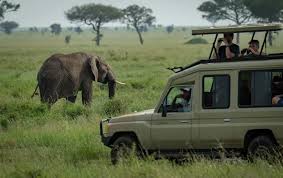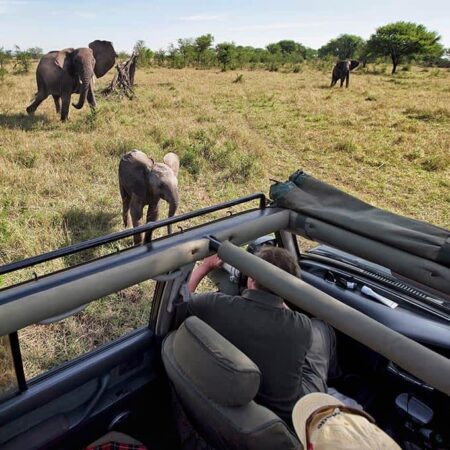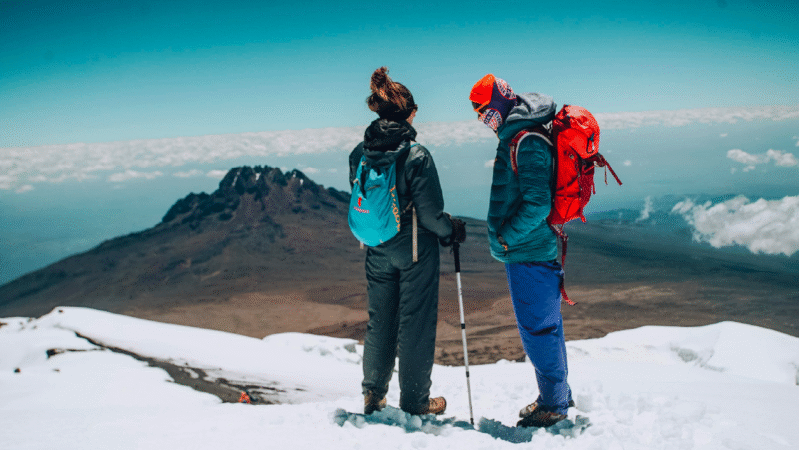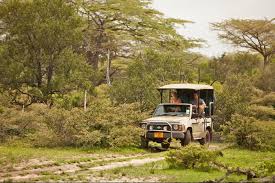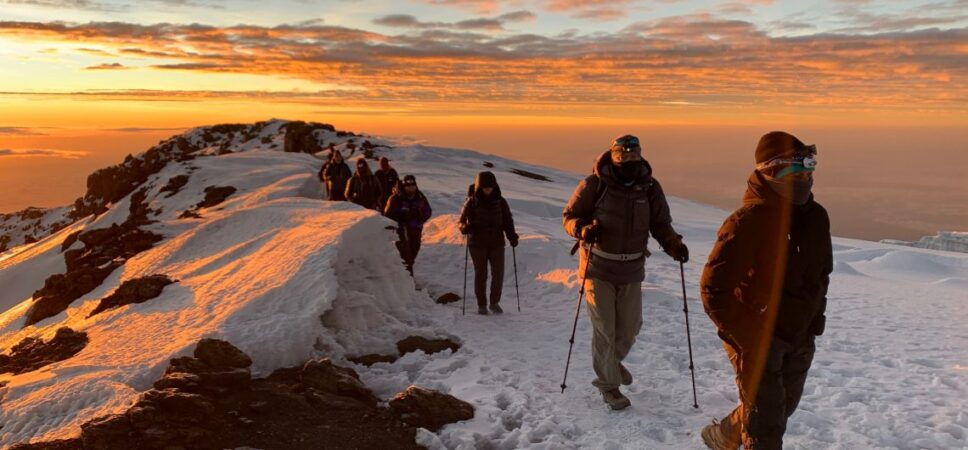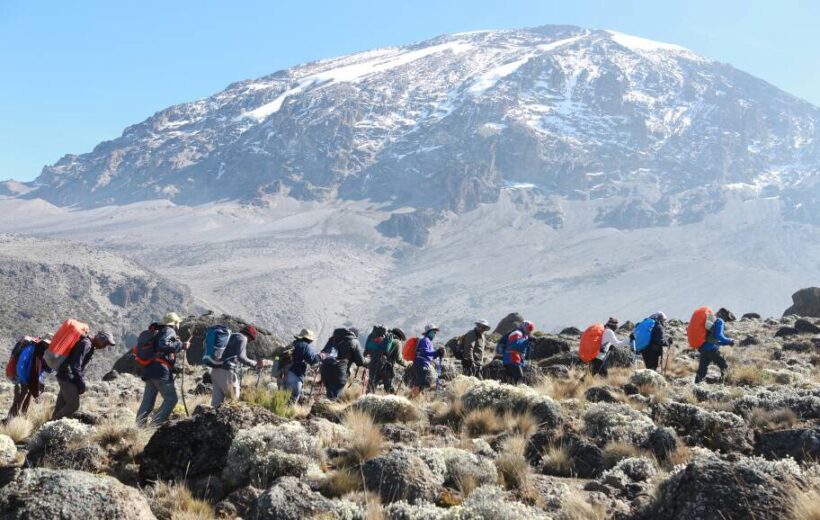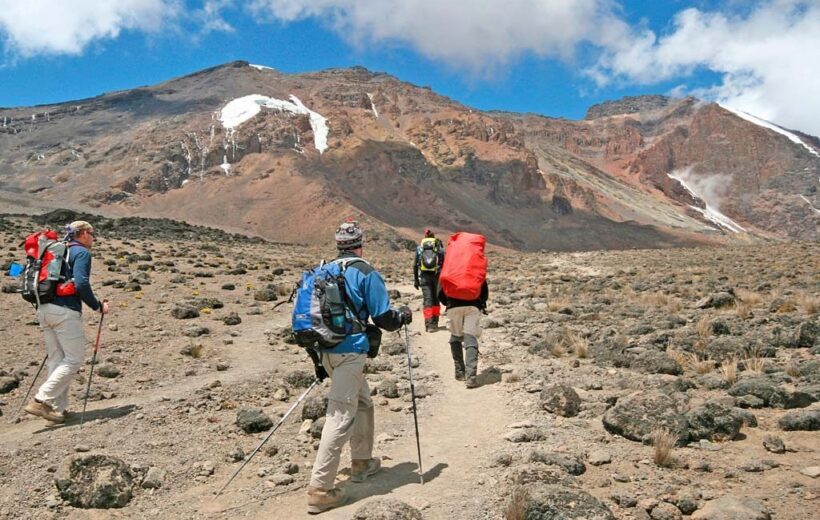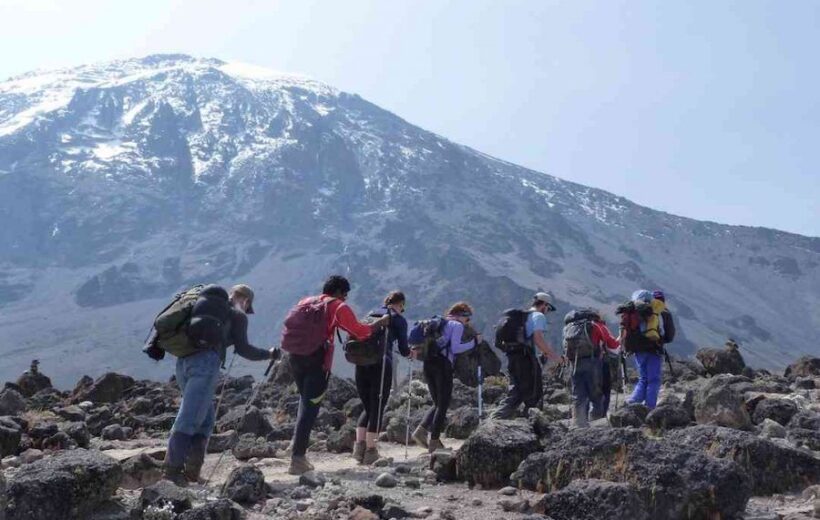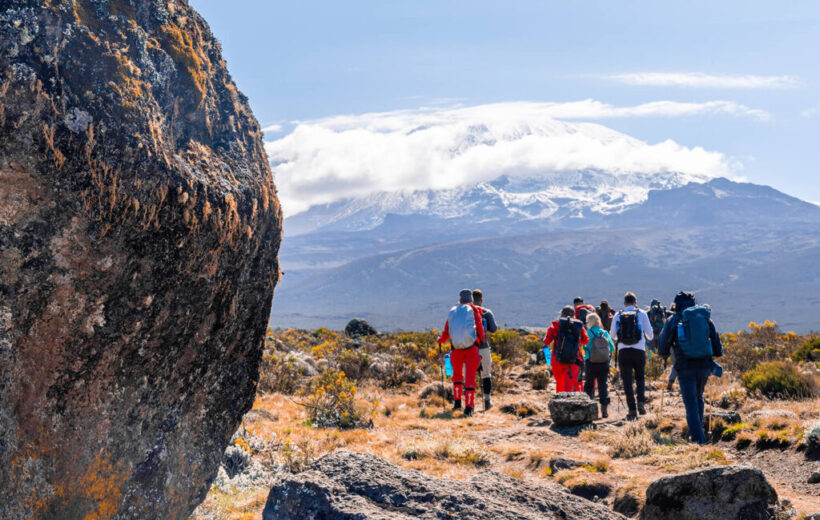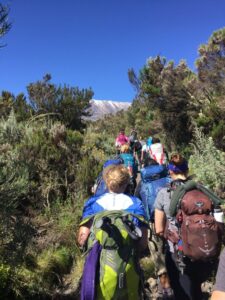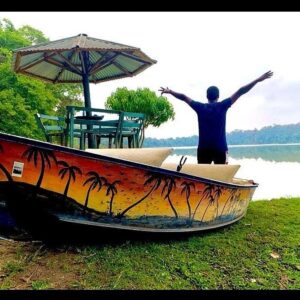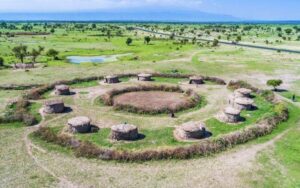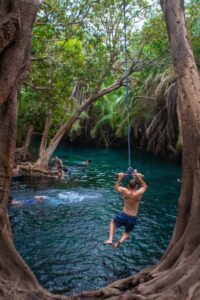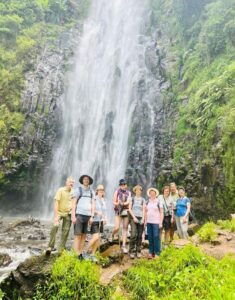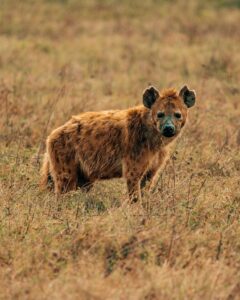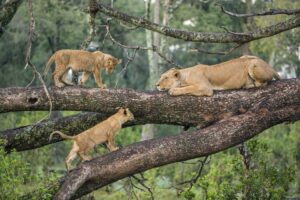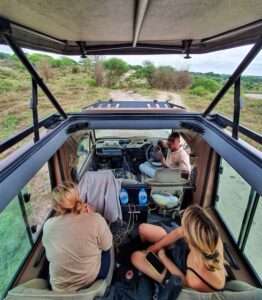The Ultimate Kilimanjaro & Safari Adventure
Price
Min Age
Duration
Max People
Overview
This package is the quintessential Tanzanian experience, combining the challenge of a 7-day Lemosho Route trek up Mount Kilimanjaro with an immersive 4-day wildlife safari in the country's most iconic national parks. The Lemosho Route is the most scenic and one of the most successful routes for climbing Kilimanjaro, offering ample time for acclimatization and breathtaking views. Following the high-altitude challenge, the safari provides a well-deserved opportunity to relax and witness Africa's incredible wildlife in its natural habitat, including the famous "Big Five." This adventure is designed for those who want a complete and unforgettable journey through Tanzania's diverse landscapes.
Highlights
Kilimanjaro Lemosho Route
- Most Scenic Route: Widely considered the most beautiful route, the Lemosho offers diverse and stunning landscapes. You'll pass through pristine rainforests, the vast Shira Plateau, and the alpine desert, providing a true visual feast.
- Excellent Acclimatization: The Lemosho route's longer itinerary, particularly the 7-day option, provides an optimal "climb high, sleep low" profile. This helps your body adjust to the altitude gradually, significantly increasing your chances of a successful summit.
- Less Crowded: The Lemosho route starts on the less-traveled western side of the mountain, offering a more tranquil and intimate trekking experience for the first few days before joining other popular routes.
- The Barranco Wall: A thrilling and fun challenge, this non-technical rock scramble is a highlight for many trekkers, offering a unique climbing experience and incredible views.
Northern Tanzania Safari
- The Big Five: This safari itinerary is specifically designed to maximize your chances of seeing the "Big Five" (lion, leopard, elephant, rhinoceros, and African buffalo). The Ngorongoro Crater, in particular, is one of the best places in the world to see all five in a single day.
- Iconic Parks: You'll visit three of Tanzania's most famous and diverse national parks: Tarangire (known for its large elephant herds), the Serengeti (famous for its endless plains and predator sightings), and the Ngorongoro Crater (a unique, wildlife-rich caldera).
- Great Migration: Depending on the time of year, you may witness the Great Wildebeest Migration in the Serengeti, one of the most spectacular natural events on the planet.
Important Information
Kilimanjaro Trek
- Summit Success Rate: The Lemosho Route has a very high success rate, with the 7-day itinerary averaging around 85%. This is significantly higher than shorter, steeper routes.
- Difficulty: The route is considered to have a medium difficulty. While physically demanding, the extended time for acclimatization makes it more accessible to a wider range of trekkers. However, the summit night is still a very long and challenging day.
- What to Pack: You'll need appropriate gear for all climates, from warm, waterproof layers for the cold summit night to lighter, breathable clothing for the lower altitudes. A 4-season sleeping bag is highly recommended, as are good quality hiking boots and trekking poles. Porters will carry your main duffel bag, so a comfortable daypack is essential for your daily needs.
- Tipping: Tipping the mountain crew (guides, porters, and cook) is customary and a vital part of their income. Your tour operator will provide tipping guidelines.
Safari
- Safari Vehicles: Game drives are conducted in a 4x4 safari vehicle with a pop-up roof to allow for better viewing and photography.
- What to Wear: Pack comfortable, lightweight clothing in neutral colors (khaki, tan, brown) to blend in with the environment and avoid attracting tsetse flies. Long-sleeved shirts and trousers are a good idea to protect against the sun and insects. It can get chilly in the early morning and evening, so a fleece or light jacket is recommended.
- Essential Items: Don't forget a hat, sunscreen, insect repellent with DEET, sunglasses, and a good camera with a zoom lens. Binoculars are also a must-have for spotting wildlife at a distance.
- Flexibility: The wildlife safari is a flexible adventure. Your professional guide will use their knowledge to track animals and adjust the game drives to give you the best possible viewing experience.
Tour Plan
Day 1: Londorossi Gate (2,100m) to Mti Mkubwa Camp (2,895m)
The adventure begins with a drive from Moshi to Londorossi Gate, where you'll complete the necessary park registration. The trek starts with a gentle walk through the untouched rainforest on the western side of the mountain. This part of the trail is rich in biodiversity, and you may spot wildlife like monkeys and various bird species. The day is short and easy, allowing for a relaxed start and good acclimatization.
- Trekking Time: 3–4 hours
- Distance: 6 km (3.7 miles)
Day 2: Mti Mkubwa Camp (2,895m) to Shira 1 Camp (3,505m)
Today's trek is a steady ascent as the landscape transitions from lush rainforest to the heath and moorland zone. You will leave the dense forest behind and begin to see panoramic views of the Shira Ridge. The climb is gradual and consistent, preparing you for the higher altitudes ahead. You'll arrive at Shira 1 Camp, situated on the Shira Plateau.
- Trekking Time: 5–6 hours
- Distance: 8 km (5 miles)
Day 3: Shira 1 Camp (3,505m) to Shira 2 Camp (3,810m)
This day is for further acclimatization. You will trek across the wide, exposed Shira Plateau, a landscape formed by a collapsed volcanic cone. The walk is relatively flat and provides stunning 360-degree views of the surrounding area. You will reach Shira 2 Camp, where you will meet other trekkers joining from the Machame Route.
- Trekking Time: 3–4 hours
- Distance: 7 km (4.3 miles)
Day 4: Shira 2 Camp (3,810m) to Barranco Camp (3,950m) via Lava Tower (4,600m)
This is a critical acclimatization day. You'll ascend to Lava Tower, a volcanic rock formation, for lunch. This is the highest point you will reach today. After lunch, you will descend to Barranco Camp. The principle of "climb high, sleep low" is at play here, helping your body prepare for the summit. The landscape shifts dramatically from moorland to an alpine desert.
- Trekking Time: 6–7 hours
- Distance: 10 km (6.2 miles)
Day 5: Barranco Camp (3,950m) to Karanga Camp (4,035m)
After an early breakfast, you will face the famous Barranco Wall. This is a non-technical rock scramble that requires using your hands for balance. The views from the top are magnificent. The trail then continues up and down through the Karanga Valley before reaching Karanga Camp. This is another crucial day for acclimatization.
- Trekking Time: 4–5 hours
- Distance: 5 km (3.1 miles)
Day 6: Karanga Camp (4,035m) to Barafu Camp (4,673m)
Today, the trek is a continuous, uphill walk on a rocky, exposed trail. The landscape is a desolate alpine desert. You will be walking with the peaks of Kibo and Mawenzi in clear view, getting closer and closer. Upon arrival at Barafu Camp, you'll rest, have an early dinner, and prepare your gear for the midnight summit climb.
- Trekking Time: 4–5 hours
- Distance: 4 km (2.5 miles)
Day 7: Barafu Camp (4,673m) to Uhuru Peak (5,895m) & Mweka Camp (3,100m)
The summit push begins at midnight. You will climb for 6-7 hours in the dark, cold, and thin air, to reach Stella Point on the crater rim. Here, you will witness a breathtaking sunrise. From Stella Point, it's another 1-2 hours to Uhuru Peak, the highest point in Africa. After celebrating your achievement, you'll descend rapidly back to Barafu Camp for a short break before continuing your long descent to Mweka Camp.
- Trekking Time: 12–15 hours
- Distance: 19 km (11.8 miles)
Day 8: Mweka Camp (3,100m) to Moshi & Transfer to Safari Lodge
After breakfast at Mweka Camp, you will have a final, easy descent through the rainforest to Mweka Gate. At the gate, you will receive your summit certificate and a vehicle will be waiting to transfer you back to Moshi for a well-deserved shower and rest. In the afternoon, you will be transferred to your safari lodge in Arusha or Karatu to begin your safari portion of the trip.
- Trekking Time: 3–4 hours
- Distance: 10 km (6.2 miles)
Day 9: Safari: Tarangire National Park
After breakfast, you'll drive to Tarangire National Park, famous for its large elephant herds and majestic baobab trees. The park offers an incredible landscape and is home to a high concentration of elephants, wildebeest, zebras, giraffes, and a variety of predators. You will enjoy a full day of game drives with a picnic lunch in the park. In the evening, you will head to your accommodation near the park.
- Activities: Full-day game drive
- Meals: Breakfast, Lunch, Dinner
Day 10: Safari: Serengeti National Park
You will drive from your lodge to the world-famous Serengeti National Park. The journey itself is a game drive as you travel through the Ngorongoro Conservation Area, with opportunities to spot wildlife along the way. You will enter the Serengeti, a landscape of endless plains, and begin your first game drive. The Serengeti is known for its lions, leopards, cheetahs, and the Great Migration (depending on the season). You'll spend the night at a campsite or lodge in the heart of the Serengeti.
- Activities: Game drive en route, afternoon game drive in the Serengeti
- Meals: Breakfast, Lunch, Dinner
Day 11: Safari: Ngorongoro Crater & Departure
After an early breakfast, you will descend into the Ngorongoro Crater, a UNESCO World Heritage Site. This caldera is a natural enclosure for an incredible density of wildlife, offering the best chance to see the "Big Five" in a single day. You will have a full morning game drive on the crater floor. In the afternoon, you will ascend the crater and begin your drive back to Arusha for your departure flight from Kilimanjaro International Airport (JRO).
- Activities: Morning game drive in the Ngorongoro Crater
- Meals: Breakfast, Lunch
Included/Excluded
- All park fees for both the Kilimanjaro trek and the safari.
- All meals as per the itinerary.
- Professional mountain guides, porters, and a cook for the trek.
- Professional safari guide and a 4x4 safari vehicle.
- Accommodation on the mountain (tents) and during the safari (tents/lodges).
- All camping equipment for the trek.
- Bottled drinking water throughout the trip.
- All transfers as per the itinerary.
- International flights.
- Tanzania visa fees.
- Travel and medical insurance (including high-altitude trekking and safari coverage).
- Personal climbing gear and safari items.
- Tips for the crew on both the trek and safari.
- Alcoholic beverages and soft drinks.
- Personal expenses.
Tour Map
Frequency Asked Questions
How high is Mount Kilimanjaro?
Do I need prior climbing experience to trek Kilimanjaro?
What is the best time to climb Kilimanjaro?
Which route is the best for climbing Kilimanjaro?
How long does it take to climb Kilimanjaro?
Depending on the route, treks range from 5 to 9 days. Longer routes provide better acclimatization and higher summit success rates.
Do I need a guide to climb Kilimanjaro?
What is altitude sickness and how can I avoid it?
Altitude sickness is caused by reduced oxygen at higher elevations. Choosing longer routes, staying hydrated, and ascending gradually help reduce the risk.
What should I pack for a Kilimanjaro climb?
How fit do I need to be to climb Kilimanjaro?
What happens after the climb?
You may like
Book This Tour
Last Minute Deals
Why You Travel with us ?
- Local Expertise
- Tailor-Made Safaris
- Unforgettable Experiences
- Professional Safari Guides
- Comfort & Safety
- Affordable Packages
- Responsible Tourism
- 24/7 Support
- Diverse Destinations
- Trusted Reputation

